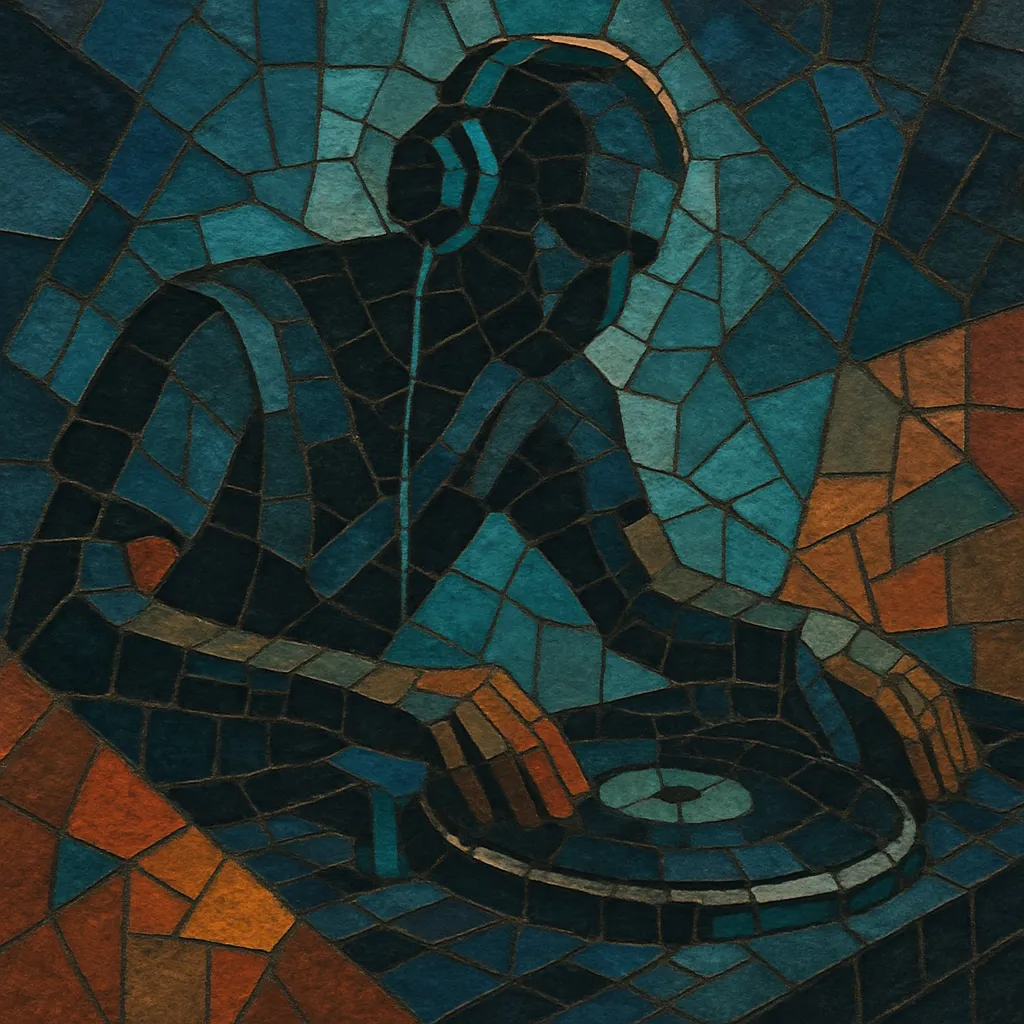Deep tech (often shorthand for deep tech house) is a stripped‑back, groove‑led branch of house/tech house that emphasizes hypnotic repetition, swing, and sound design over big hooks.
Typical tracks sit around 124–128 BPM, use tight, shuffling drum programming, and rely on deep sub‑bass, crisp hi‑hats, and minimal, percussive motifs. Harmony tends to be sparse—dubby chords, single‑note stabs, or short pads—leaving space for long DJ‑friendly arrangements. Vocals, if present, are usually snippets or whispered phrases processed with delay and reverb to blend into the texture rather than sit on top.
The result is functional and heady: music optimized for long, seamless mixes, late‑night dancefloors, and a rolling, understated energy rather than explosive drops.
Deep tech crystallized in the early 2010s within the UK underground, especially London’s after‑hours scene, where DJs favored long, rolling grooves over anthem‑style house. It drew on the warmth and chord sensibility of deep house (2627), the functional momentum of tech house (3954), and the reductionist focus of minimal techno (3318) and microhouse (3306). UK garage (4054) informed its rhythmic shuffle, while Chicago and Detroit lineages (2455, 2641) provided house/techno foundations.
Parties and labels such as FUSE London (and its artist circle around Enzo Siragusa) helped codify the sound: sub‑heavy systems, extended sets, and DJ tools built for layering. In parallel, Eastern and Western European imprints—Mulen (Ukraine), Eastenderz (UK), and various Dutch, French, and Romanian outlets—shaped a pan‑European aesthetic that blended Romanian‑influenced minimalism with UK swing.
Production prioritized drum feel, bass pressure, and arrangement economy. Tracks typically offered long intros/outros for mixing, carefully tuned low‑end for club translation, and subtle ear‑candy (filters, delays, micro‑edits) rather than big breakdowns. The music’s durability in a set—its ability to roll—became its core value.
By the late 2010s and 2020s, deep tech’s vocabulary seeped into modern tech house, minimal‑leaning house, and European "rominimal" circuits. While terminology varies across regions and platforms, the deep tech approach—minimal parts, maximum groove—remains a fixture of contemporary underground house programming.


